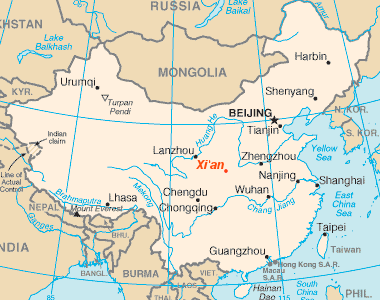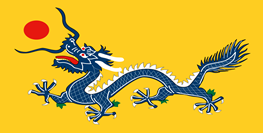


| SILK ROAD STOP: XIAN |
Xian (Chang'an - known as the "City of Eternal Peace") was the eastern end of the Silk Road.
Known as Chang'an ancient times. Xi'an served as a capital city for 11 dynasties on and off for a total period of 1,100 years, longer than any other ancient capital in China. |
| Xian Slideshow |
|
|
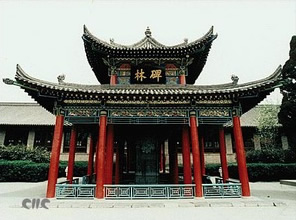
Xian South Gate
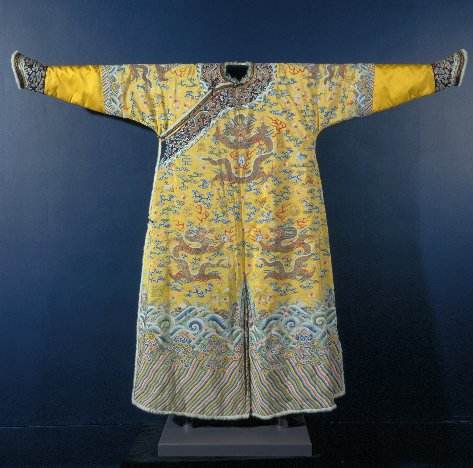
Silk Emperor's Robe in Imperial Yellow
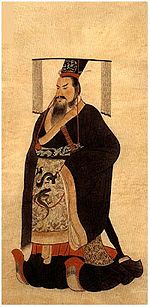
Silk Painting of Qin Shi Huang Di
SILK (Invented in China):
When silk was first discovered, it was reserved exclusively for the use of the ruler. It was permitted only to the emperor, his close relations and the very highest of his dignitaries. Within the palace, the emperor is believed to have worn a robe of white silk; outside, he, his principal wife, and the heir to the throne wore yellow, the color of the earth.
Gradually the various classes of society began wearing tunics of silk, and silk came into more general use. As well as being used for clothing and decoration, silk was quite quickly put to industrial use by the Chinese. This was something which happened in the West only in modern times. Silk, indeed, rapidly became one of the principal elements of the Chinese economy. Silk was used for musical instruments, fishing-lines, bowstrings, bonds of all kinds, and even rag paper, the word's first luxury paper. Eventually even the common people were able to wear garments of silk.
During the Han Dynasty, silk ceased to be a mere industrial material and became an absolute value in itself. Farmers paid their taxes in grain and silk. Silk began to be used for paying civil servants and rewarding subjects for outstanding services. Values were calculated in lengths of silk as they had been calculated in pounds of gold. Before long it was to become a currency used in trade with foreign countries. This use of silk continued during the Tang as well. It is possible that this added importance was the result of a major increase in production. It found its way so thoroughly into the Chinese language that 230 of the 5,000 most common characters of the mandarin "alphabet" have silk as their "key". (Silk Road Foundation)
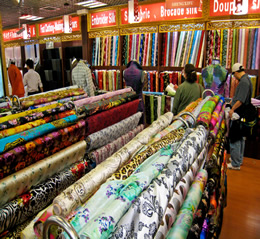
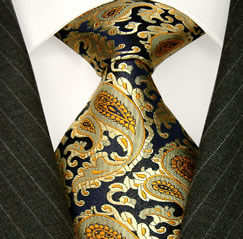
SILK TODAY:
Silk fabric is traded and sold everyday all over the world. Whether it's silk sheets or a silk necktie, silk is still a sought after item that people are willing to pay a lot of money for it. "In the year 2006, Ministry of Commerce estimates that annual silk industrial output value is expected to reach US $31.25 billion in 2010." (fibretofashion.com) China is still one of the leading exporters of silk in the world.
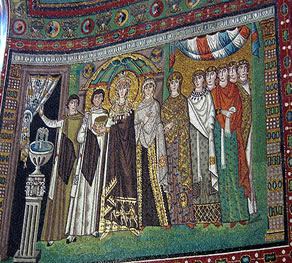
This is a 6th century mosaic - made of small, colored stones - in the church of San Vitale in Ravenna, Italy. In the center stands the empress Theodora (508-548), the wife of the Byzantine Roman emperor Justinian. The Byzantine court in Constantinople copied Asian fashions. the empress is wearing a headdress, earrings, and necklace made of jewels. Her whole dress is of purple silk. the other members of her court also wear silk; the garments of those highest in rank are partially purple.
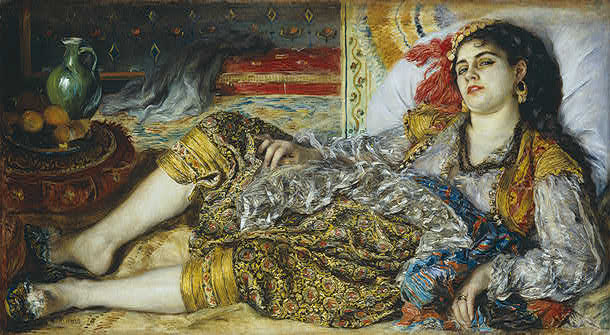
Renoir, Femme d'Algers (Odalisque), 1870
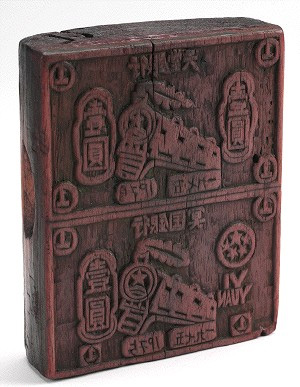
Wood block printing
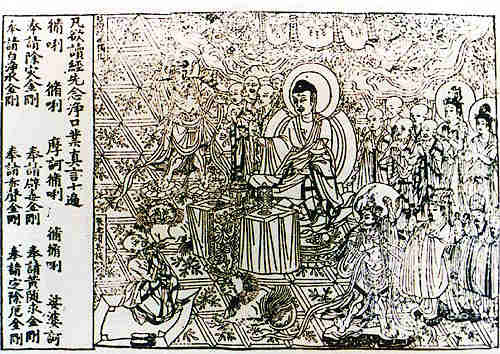
Chinese wood block print
Printing
Printing was invented in China in the 7th century during the Tang dynasty. The printer carved designs and letters out of a wood block, inked the raised portion, placed soft paper on the block, and rubbed the back of the paper to transfer the image. Moveable type print was invented by Bi Sheng of the Song dynasty between the years 1041 and 1048. The earliest printed book from China dates from 868 C.E.
In Europe (Isolated invention or not?)
In 1450, Johann Gutenberg, in Germany, invented the modern printing press and moveable type. The printer tied metal forms of separate letters together to make a page, inked the page, and by machine pressed the page on paper, which absorbed the ink. The paper books printed from such presses led to the sudden and fast spread of new knowledge throughout Europe.
Video: Moveable Type Printing Press
Printing Today:
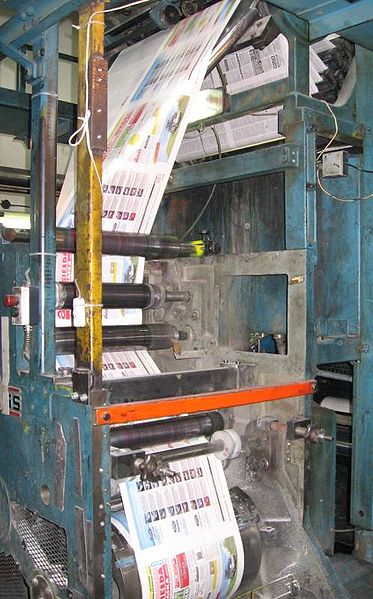

Newspaper Printing & Digital Printing Today
Today, you can print this page you are reading now, read online editions of newspapers, and Google all sorts of texts, books, and more. While many people get their paper delivered to their doorstop today, printing newspapers might die altogether and all will be on the Internet only.
Video: On Printing Presses Today (How Stuff Works - Printing Press Operator)
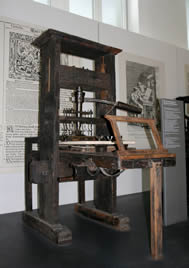
Johann Gutenberg's Printing Press 1450
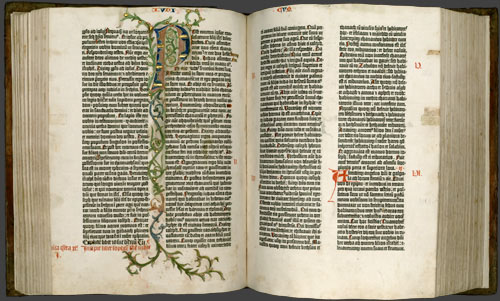
Gutenberg's Bible printed in 1454
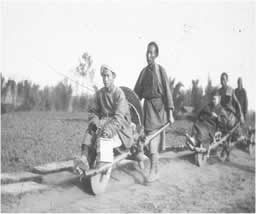
Wheelbarrow taxi in China 1905 (Harrison Elliott Slides)
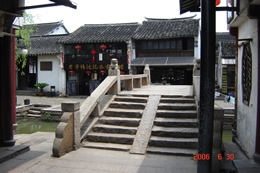
Wheelbarrow track in bridge (Zhouzhuang, China)
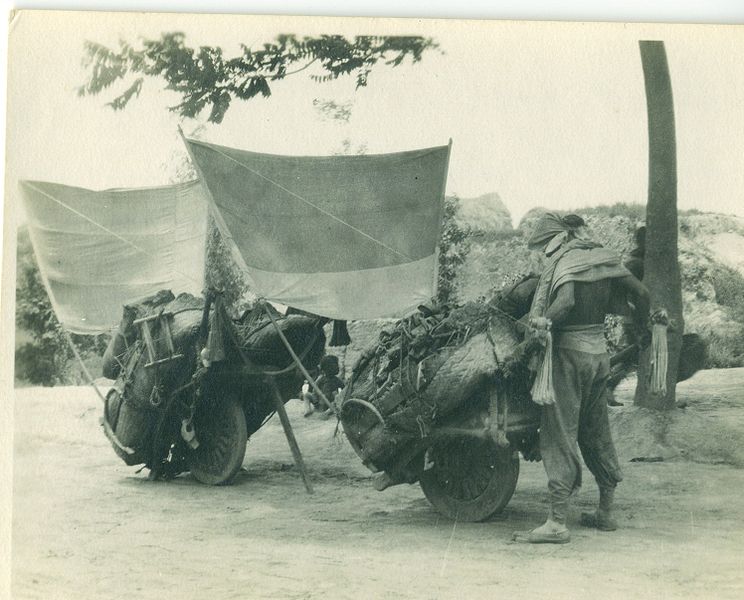
Sail-assisted wheelbarrow
The Wheelbarrow
Chuko Liang (181-234 A.D.) of China is considered to be the inventor of the wheelbarrow. Liang was a general who used the wheelbarrows to transport supplies injured soldiers. The Chinese wheelbarrows had two wheels and required two men to propel and steer.
"After the Three Kingdoms Period, wheelbarrows were largely used throughout the country, and even now they can still be seen in some rural parts. While the wheelbarrow is mostly driven by human or animal power, the Chinese in the fifth century also tried to use wind power with the device by attaching a sail to it.
With its agility and handiness, the wheelbarrow has exerted great influence on the development of the society.
Marshal Chen Yi once noted, "Huaihai Battle was won with millions of wheelbarrows (referring to the great significance of wheelbarrows for the logistics of that war)"." (ChinaCulture.org)
Unlike the wheelbarrow innovated later in medieval Europe (with a front wheel meant to carry fairly light loads), the central wheel and axle of wheelbarrows in China allowed their wheelbarrows to haul considerably heavier weights.
The Wheelbarrow Today:
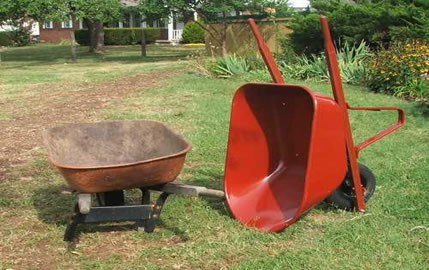
The wheelbarrow is used today by almost every homeowner, farmer, and more to move dirt, rocks and more. It is a common household item that serves to make our lives easier.
Supplemental Lessons:
Daily Life in the Han Dynasty
Dynastic Rule from the Sui to the Ming
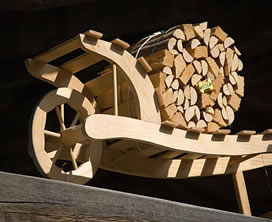
European Medieval Wheelbarrow Model
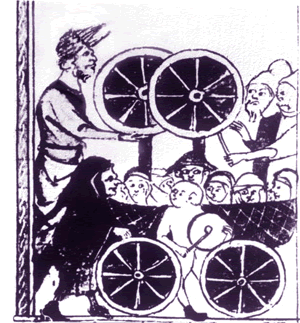
Cart of the Goddess - Roman pagan festival story.
